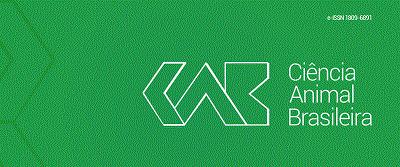Abstract
The objective of this study was to evaluate the population structure of 91,579 Nellore cattle reared in the Northeast semi-arid, born between 1965 and 2011. We analyzed the pedigree and the estimation of population parameters based on the probability of gene origin. In the early years, a higher number of female births occured, tending to gender balance over the years. The number of founder animals (fe) and ancestors (fa) indicated the reduced use of animals in the genetic formation of the herd. Among 2,4676 ancestors, 450 were responsible for 50% of the genetic variability of the population. Of the 10 most important founders, 8 were among the 10 ancestors. The individual with the highest expression presented a mean coefficient of relationship (CR) of 1.31%, explaining 1.81% of the variability.72% of animals have identified fathers and mothers, revealing loss of information between generations. 100% of the herds use external bulls and 61% of them sell bulls, with no core classification or isolate. Inbreeding ranged from 0.14% in the second generation to 0.73% in the eighth, while the CR ranged from 0.8% to 0.35% between the first and fourth generations, decreasing from the fifth on. The average generation interval observed was of 8.3 years. The herd has a small number of animals in the genetic make-up, and small completeness of pedigree, making it difficult to estimate some population parameters.
Keywords:
generation interval; genetic variability; inbreeding; Zebu


